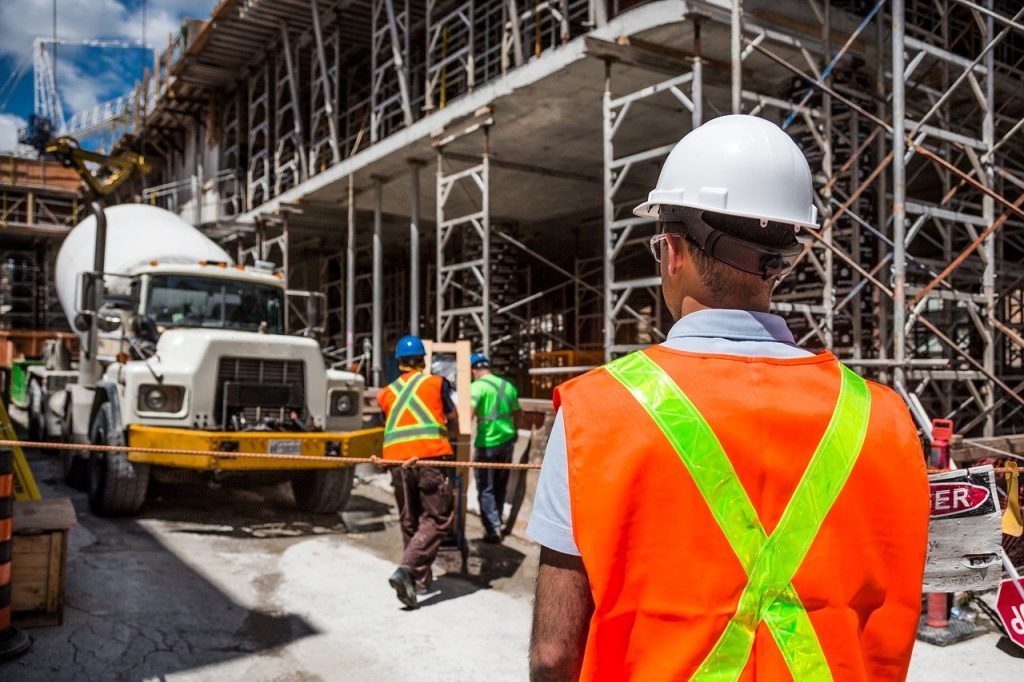Hoisting Signals – Basic Rules
Hoisting Signals – Basic Rules
Explain dangers
In hoisting operations, miscommunication between the signaller and the operator can lead to injuries, fatalities, and property damage.
Identify controls
If you’re going to rig a load, you also need to know the signals for lifting, moving, and landing it. The operation may be a simple LIFT and
LOWER. Or it may require more complicated signals.
On construction sites, signalling is required in the following situations.
• When the operator cannot see the load.
• When the operator cannot see the landing area for the load.
• When the operator cannot see the path of travel of either the load or the crane.
• When the operator is too far from the load to judge distance accurately.
• When the crane or other hoisting device is working close to live powerlines or equipment.
In many cases, hand signals are the most efficient form of communication between riggers and crane operators. Over the years, a system of
standard hand signals has evolved that is now international.
There is a signal for each action of the crane from BOOM UP to BOOM DOWN, from TRAVEL FORWARD to STOP.
By using the correct hand signals, you can get a crane to do almost anything you want. The operator only needs to clearly see and understand your signals.
In our next talk, we’ll run through all of the hand signals for hoisting. But first we have to know the ground rules for signalling.
• The signaller must be a competent worker, which means qualified due to knowledge, experience, and training.
• The signaller must wear high-visibility clothing and not do any other job while signalling.
• Only one person should signal the operator.
But anyone can give the STOP signal and it must be obeyed immediately. [Demonstrate the STOP hand signal.]

• Signals should be clear and, wherever possible, barehanded.
• The load should be directed so that it never passes over anyone.
• Operators should not make a move until they receive and understand your signal. If contact between you and the operator is broken for
any reason, the operation must stop.
• Some situations call for two signallers. For instance, during a concrete pour, one signaller may be needed to direct the lift while the other directs the drop.
• In cases where a difficult lift requires vocal communication, use two-way radios instead of hand signals.
• Ensure adequate lighting and signalling arrangements have been made before using hand signals during nighttime work.
Hand signals have their limitations. For example, they should never be used when distance, visibility, or noise prevents accurate communication with the operator.
Demonstrate
Demonstrate the hoisting hand signals on thenext page.
Hand out IHSA’s Hand Signals for Hoisting Operations Card (V002).
For more information, visit the IHSA website.

